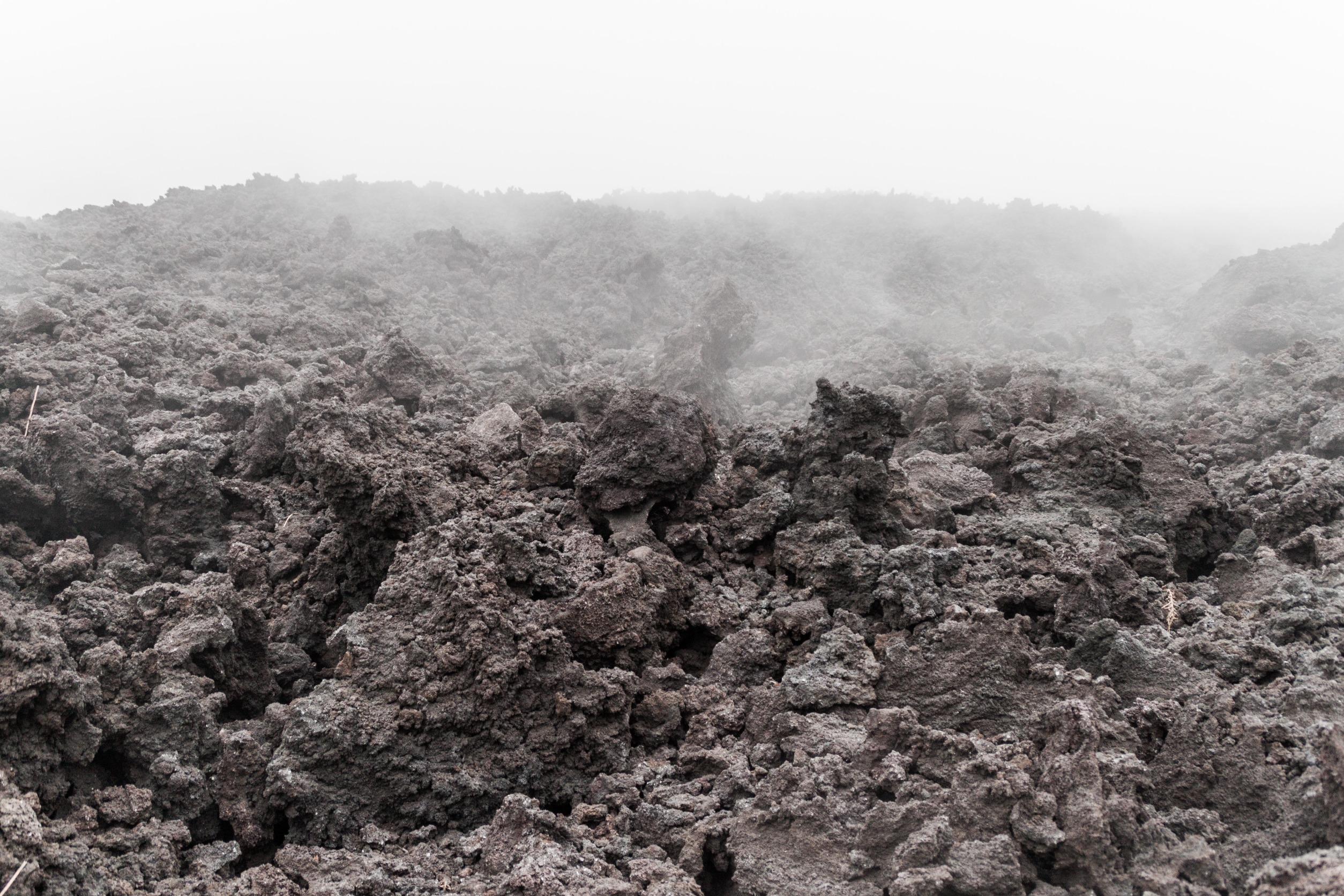Should we stay out of the summer sun? Not at all, according to a growing group of physicians. Sunlight can be good for you.
Ana Karadarevic | September 2010 issue
We’ve been hearing about the dangers of sun exposure for decades. Yet people still swarm to outdoor cafés, parks and beaches during the summer months, eager to catch some rays. Dangerous? Not as dangerous as we thought, according to a rising number of scientific studies. On the contrary, the sun can have a positive effect on our health. So positive, in fact, that some doctors increasingly recommend that we spend more time basking in it.
This was also the consensus among a group of physicians and experts who convened earlier this year for an international conference in London on the health benefits of vitamin D. Many of these experts advocated spending at least 15 minutes a day in the sun and taking vitamin D supplements during the winter months to compensate for the lack of sunlight. They point to increasing evidence that vitamin D helps prevent asthma and type 2 diabetes, among other health problems. In short, they urged us not to be afraid of the sun.
The sun helps convert Vitamin D into cholesterol in the skin. The vitamin is stored in fat cells and, when released, circulates throughout the body in the blood. Vitamin D aids in the absorption of calcium in bones, boosts the immune system as well as moods and benefits the cardiovascular system. Sunlight eases the discomfort of skin conditions like psoriasis, eczema, and acne. It can also help prevent certain types of cancer.
But in recent years, fear of the sun has led to increasing vitamin D deficiencies. The upshot: too little calcium is absorbed in the bones, leading to a higher chance of osteoporosis and a greater risk of fractures. And now rickets is staging a comeback. Once known as “the English disease” because of its prevalence in Great Britain, rickets plagued northern European countries in the 19th century. This disorder, which can be caused by a lack of vitamin D, leads to insufficient bone formation and is characterized by twisting of the limbs.
A shortage of sunlight can also lead to a strong reduction in muscle strength among the elderly, who are more frail than the young. Multiple sclerosis—an illness related, in part, to a shortage of vitamin D—is more prevalent in countries in the U.K., particularly Scotland, compared to other nations in Europe.
The vitamin influences some 500 genes in ways that are not yet fully clear. What is clear, though, is that the role of vitamin D is complicated, according to Oliver Gillie, author of “Sunlight, Vitamin D and Health,” a report published by Health Research Forum, the non-profit organization Gillie founded. “When you first tell people of [vitamin D’s] many actions, they often find it difficult to believe,” Gillie says. “It sounds as if we’re trying to sell snake oil.”
We also get vitamin D from animal products. Fatty fish like herring, salmon and tuna are particularly rich sources. But experts say it is impossible to get enough vitamin D from food sources alone. The Dutch, for example, only get 15 percent of their vitamin D from food and 85 percent from the sun.
Hence the great importance of sunlight to health. Getting enough sun may reduce the incidence of various types of cancer, with the notable exception of skin cancer. This may explain why people who live closer to the equator have less chance of developing cancer or multiple sclerosis, a devastating illness that affects the central nervous system.
Results likes these changed Hans van der Rhee’s mind about the sun. A dermatologist at the Haga Hospital in The Hague, The Netherlands, and an active member of the Dutch Cancer Society, Van der Rhee has been warning people for more than 20 years about the dangers of sunbathing. Now he’s convinced that the sun has beneficial effects, too.
In his recently published book Zonnen mag (“sunbathing allowed,” only available in Dutch), Van der Rhee outlines the positive and negative effects of the practice and advises people to spend more time in the sun. “Sensible sunbathing means enjoying the sun without overdoing it or getting burned,” he writes. “That is both healthy and fun.”
Gillie advises people with fair skin who live in moderate climates, like England and the Netherlands, to spend at least 20 minutes in the sun three times a week. Those with darker skin need more vitamin D, so they should spend at least two hours in the sun three times a week. Gillie’s general advice: Stay in the sun as long as your skin can tolerate it without burning.
In the past 10 years, scientists have been stumbling across increasing evidence of the positive effects of the sun on certain types of cancer. For example, epidemiologist D. Michal Freedman of the National Cancer Institute in the U.S. collected data from nearly half a million Americans who died between 1984 and 1995. All had breast, ovary, prostate or colon cancer, or non-Hodgkin’s lymphoma (NHL). She compared this group to people who were not suffering from these cancers and those who had died of skin cancer. She discovered that while people living in sunny climates did run a higher risk of dying from skin cancer, they had a lower risk of dying from colon cancer (27 percent less), breast cancer (26 percent less), NHL (17 percent less), ovarian cancer (16 percent less) and prostate cancer (10 percent less).
Studies have also been done on the link between sunbathing and cancer. Researchers from Staffordshire University in the U.K. compared 453 prostate cancer patients to 312 men with benign prostate enlargement. All the men completed an extensive questionnaire to establish whether they had spent a lot of time in the sun. The team concluded that plenty of sunbathing meant a 20 percent lower risk of prostate cancer; lots of sunny holidays cut the risk in half. An international collaboration researching NHL compared data from nearly 18,000 people from 10 countries and discovered that frequent exposure to the sun decreases the risk of this type of lymph node cancer by 24 percent.
In his book, Van der Rhee doesn’t limit himself to studies that conclude the sun is healthy. He also cites data on skin cancer. According to the World Health Organization, 2 to 3 million people worldwide suffer from skin cancer. Last year, more than a million Americans were diagnosed with this potentially deadly disease. The numbers have been increasing for decades and this trend will likely continue for years to come. “Thankfully, skin cancer is the least harmful type of cancer,” Van der Rhee says, pointing to the relative success of treating the most common types of skin cancer.
According to both Van der Rhee and Gillie, skin cancer is on the rise partly because people get outside less often. “People barely go outside in the winter and then they spend a couple of weeks baking their pale skin in the sun while on holiday in a warm climate,” Van der Rhee says.
Irregular, intense sunbathing can lead to sunburns and heightens the risk of developing melanoma—the most dangerous type of skin cancer—by about 60 percent. On the other hand, this risk is not increased by regular exposure to the sun. In fact, a few studies even suggest a protective effect from regular exposure. Remarkably, people who work outdoors—farmers, construction workers, road workers—have actually the smallest chance of developing melanoma. Gillie cites a 2004 publication stating that tanned skin protects against this deadly type of skin cancer, as long as the skin tans gradually.
Van der Rhee believes skin cancer can be prevented by more frequent, but more moderate, exposure to the sun. This helps the skin become accustomed to the sun and decreases the chance of getting burned. He advocates sensible sunning. In essence, this means spending more time outdoors, not suddenly “baking” for hours at high noon. It also means seeking shade and the regular application of sunblock. Van der Rhee advises against taking off on holiday to spend full days in the sun. (Consult your physician with any questions about how much sun is good for you.)
And as if that’s not enough good news, there’s another upside to sunlight: It makes us happy. “We may be programmed by evolution to seek and enjoy the sun because we need it for full health,” says Gillie.
Ana Karadarevic, who spent at least 15 minutes a day in the sun while working on this article, wrote about craniosacral therapy in the July/August issue.











